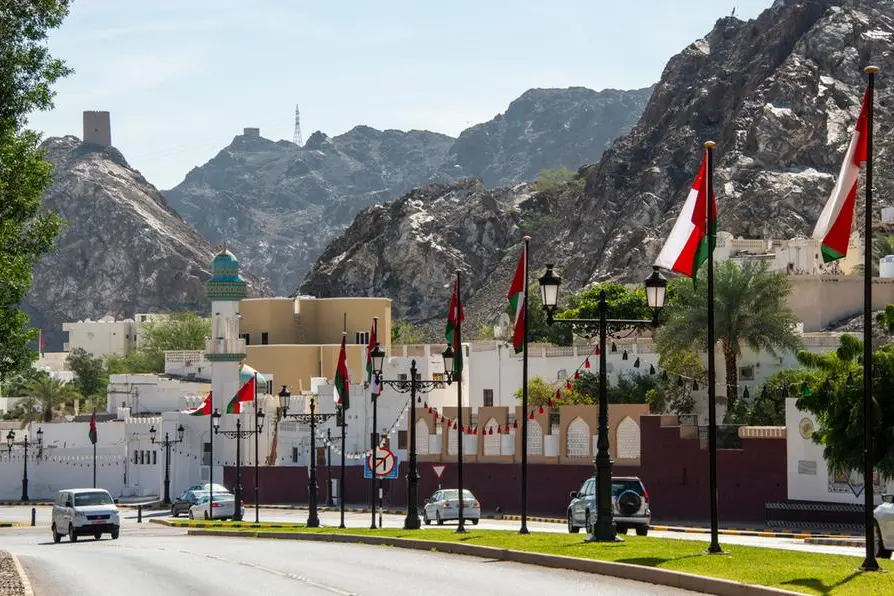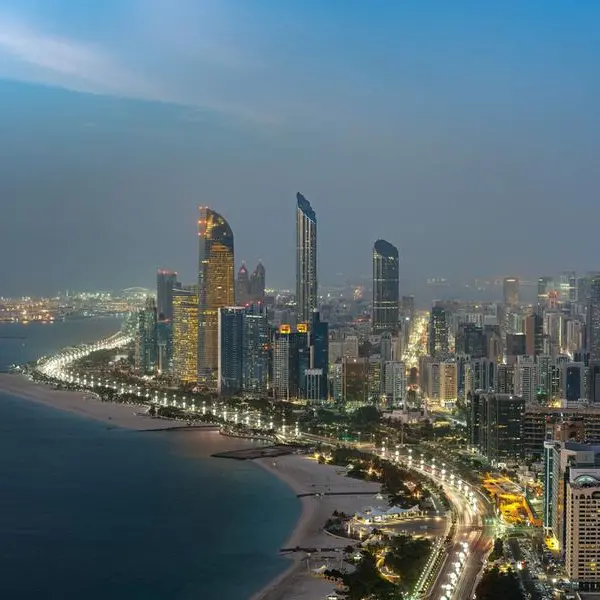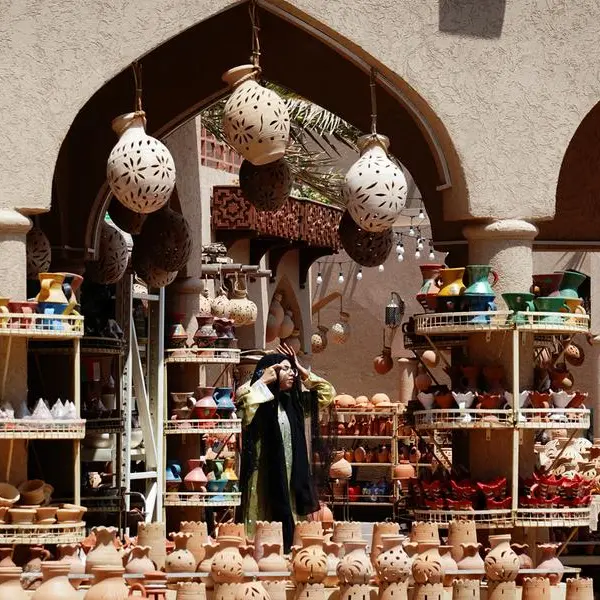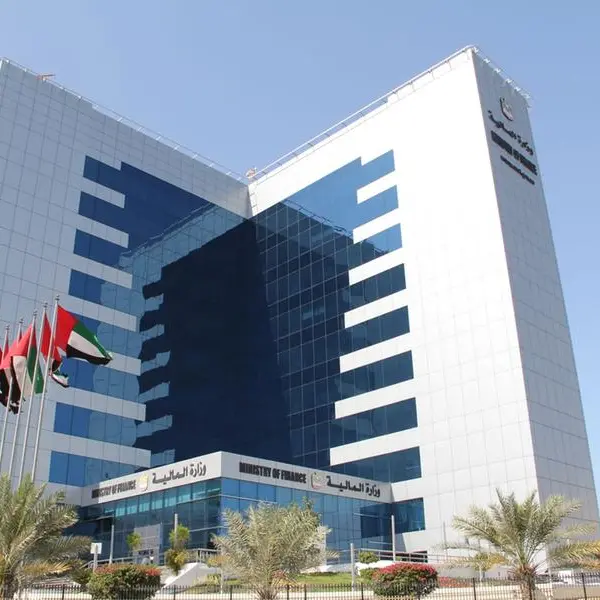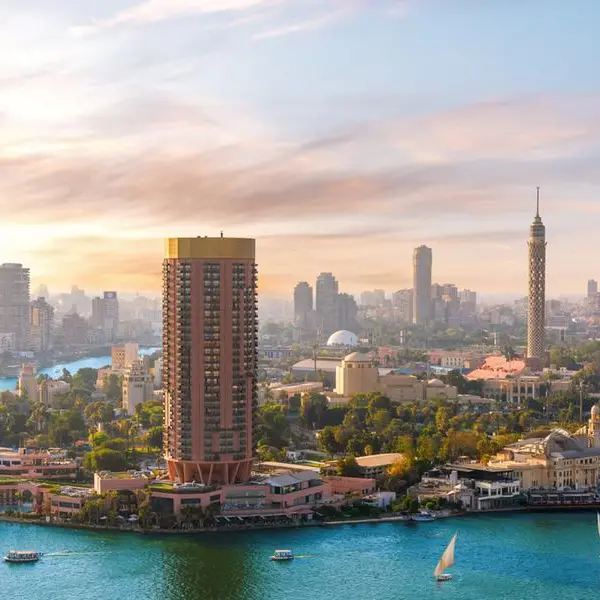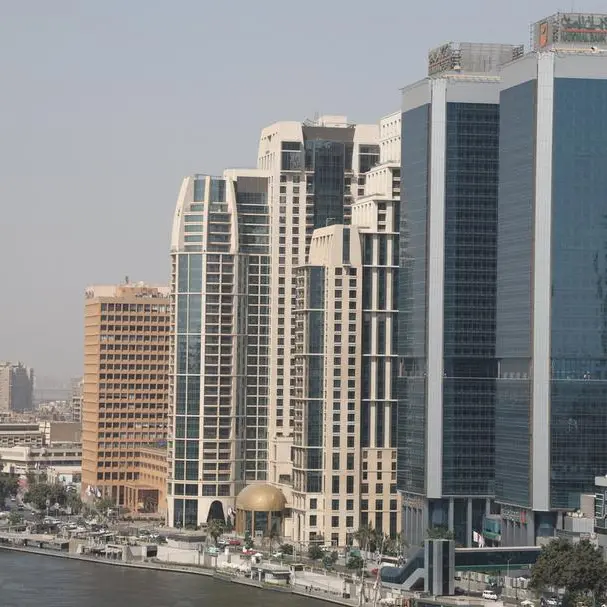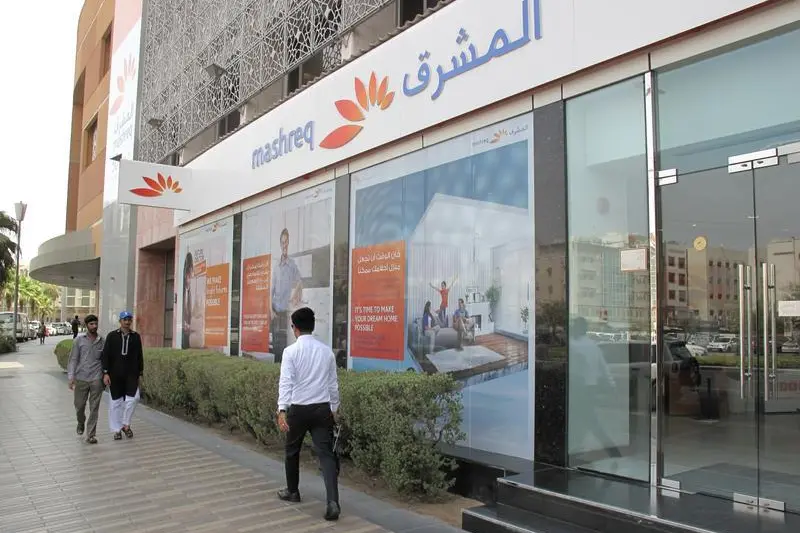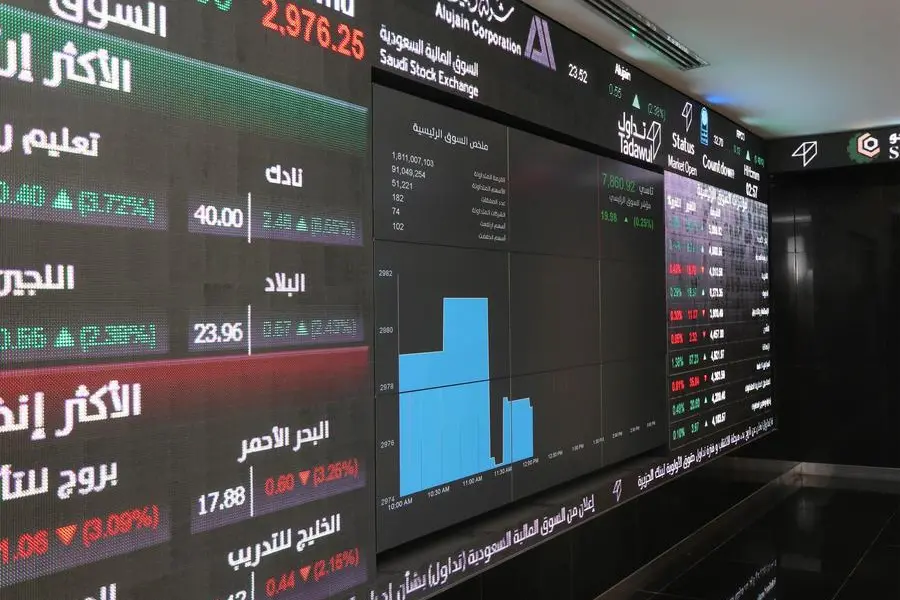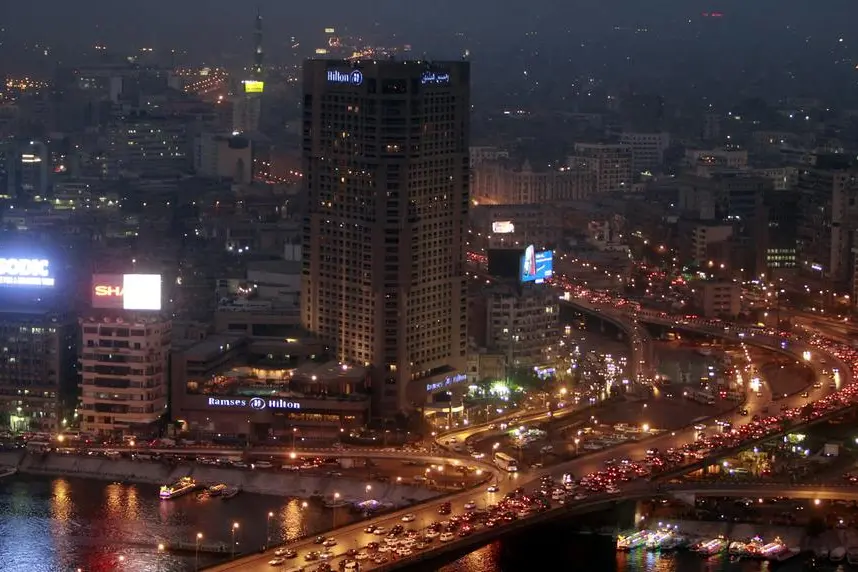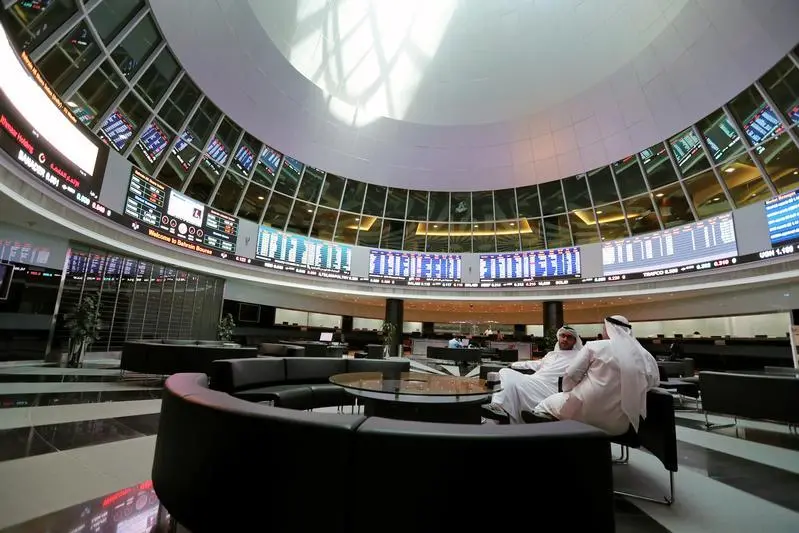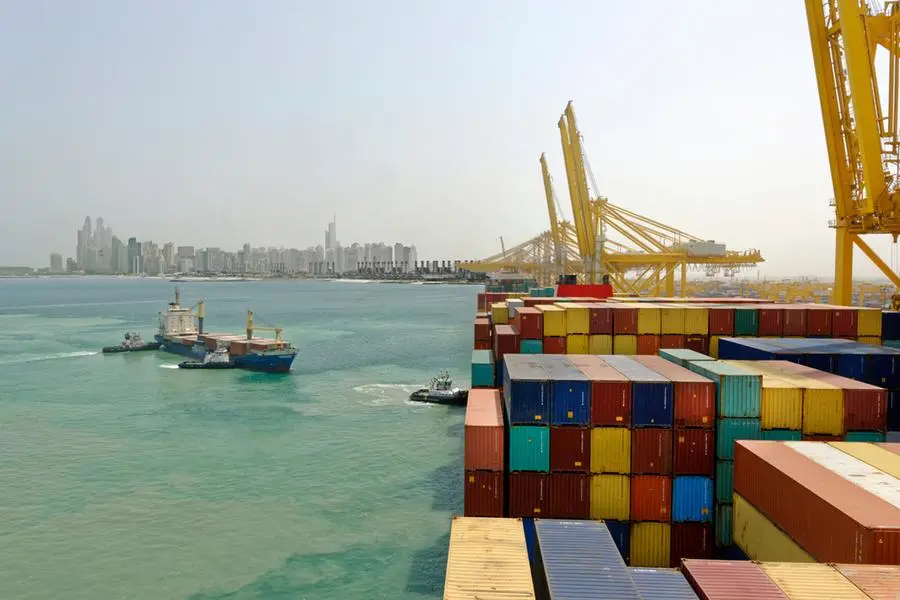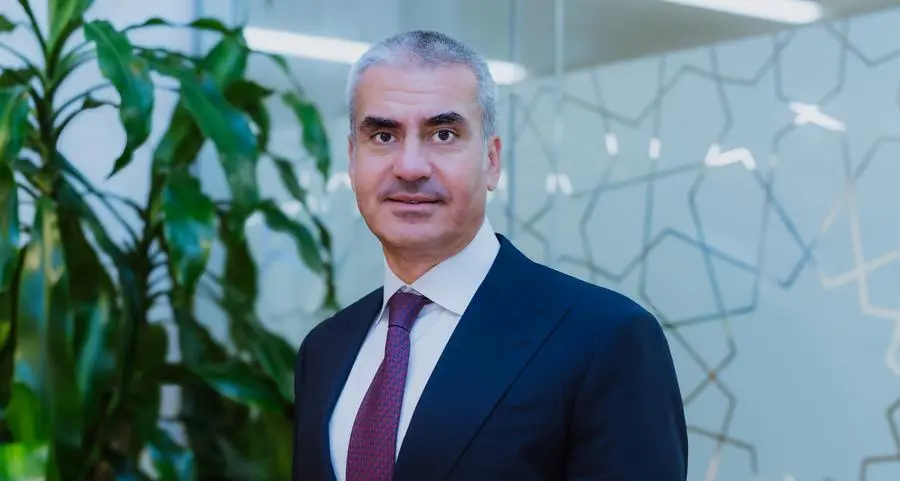PHOTO
Muscat, Oman's port capital, sits on the Gulf of Oman surrounded by mountains and desert. Getty Images Image used for illustrative purpose.
Muscat: Oman’s banking sector recorded robust credit growth of 6.7% in 2024, while deposits surged by over 9% year-on-year, according to the latest data from the Central Bank of Oman (CBO).
Total outstanding credit extended by the banking sector – comprising both conventional and Islamic banks – rose 6.7% to RO32.5bn at the end of December 2024, compared to the same month in the previous year, the CBO revealed in its monthly statistical bulletin.
Of the total credit extended, loans to the private sector grew by 5.9%, reaching RO27.1bn. The household sector received the largest share of private sector credit, accounting for approximately 45.6% of the total, followed by non-financial corporations at 44.8%. Financial corporations’ share stood at 5.6%, while other sectors accounted for the remaining 3.9% of total private sector credit by year-end.
In terms of conventional banks, total credit grew 4.8% year-on-year in December 2024. Credit extended to the private sector by conventional banks increased by 3.6% to RO20.7bn, while their investments in securities rose sharply by 20.5% to RO6bn, according to CBO data.
Investments in government development bonds by conventional banks increased by 7.3% year-on-year to RO2bn in December 2024, while investments in foreign securities surged by 30.3% to RO2.3bn during the same period.
Deposits surge 9.1%
Deposits across Oman’s banking sector grew significantly by 9.1%, reaching RO31.7bn by the end of December 2024, up from RO29.1bn the previous year.
Private sector deposits increased by 8.5%, reaching RO20.8bn. Within this, household deposits contributed the largest share, making up 49.9% of the total, followed by non-financial corporations at 30.7%, financial corporations at 16.7%, and other sectors at 2.6%.
Conventional banks saw aggregate deposits increase by 6.2% year-on-year to RO25.1bn by the end of December 2024. Government deposits with conventional banks rose by 5.3% to RO5.3bn, while deposits from public enterprises grew by 11% to RO2.5bn. Private sector deposits, which represent 65.3% of total deposits at conventional banks, saw an increase of 4.9%, reaching RO16.4bn.
According to the CBO, the weighted average interest rate on Omani rial deposits with conventional banks decreased from 2.636% in December 2023 to 2.546% at the end of December 2024. Meanwhile, the weighted average lending rate for the Omani rial rose from 5.513% to 5.644% during the same period.
The overnight Omani rial domestic inter-bank lending rate also declined to 5.072% in December 2024, down from 5.417% a year earlier. This decrease is attributed to the reduction in the average repo rate for liquidity injections by the CBO, which fell to 5.145% from 6.0% in line with US Federal Reserve policies.
Islamic banking grew 16.6%
Oman’s Islamic banking sector maintained its strong growth trajectory in 2024, with double-digit increases in both credit and deposits.
Total assets of Islamic banks and windows grew by 16.6% year-on-year, reaching RO8.6bn by the end of December 2024, compared with RO7.3bn in the same period of 2023. Islamic assets now represent around 19.2% of the total banking system assets in Oman.
Islamic banking entities provided financing worth RO7bn by the end of December 2024, a growth of 14.2% compared to the previous year. Total deposits held by Islamic banks and windows also increased by 21.3%, reaching RO6.7bn at the close of 2024, up from RO5.5bn in December 2023.
© Apex Press and Publishing Provided by SyndiGate Media Inc. (Syndigate.info).
